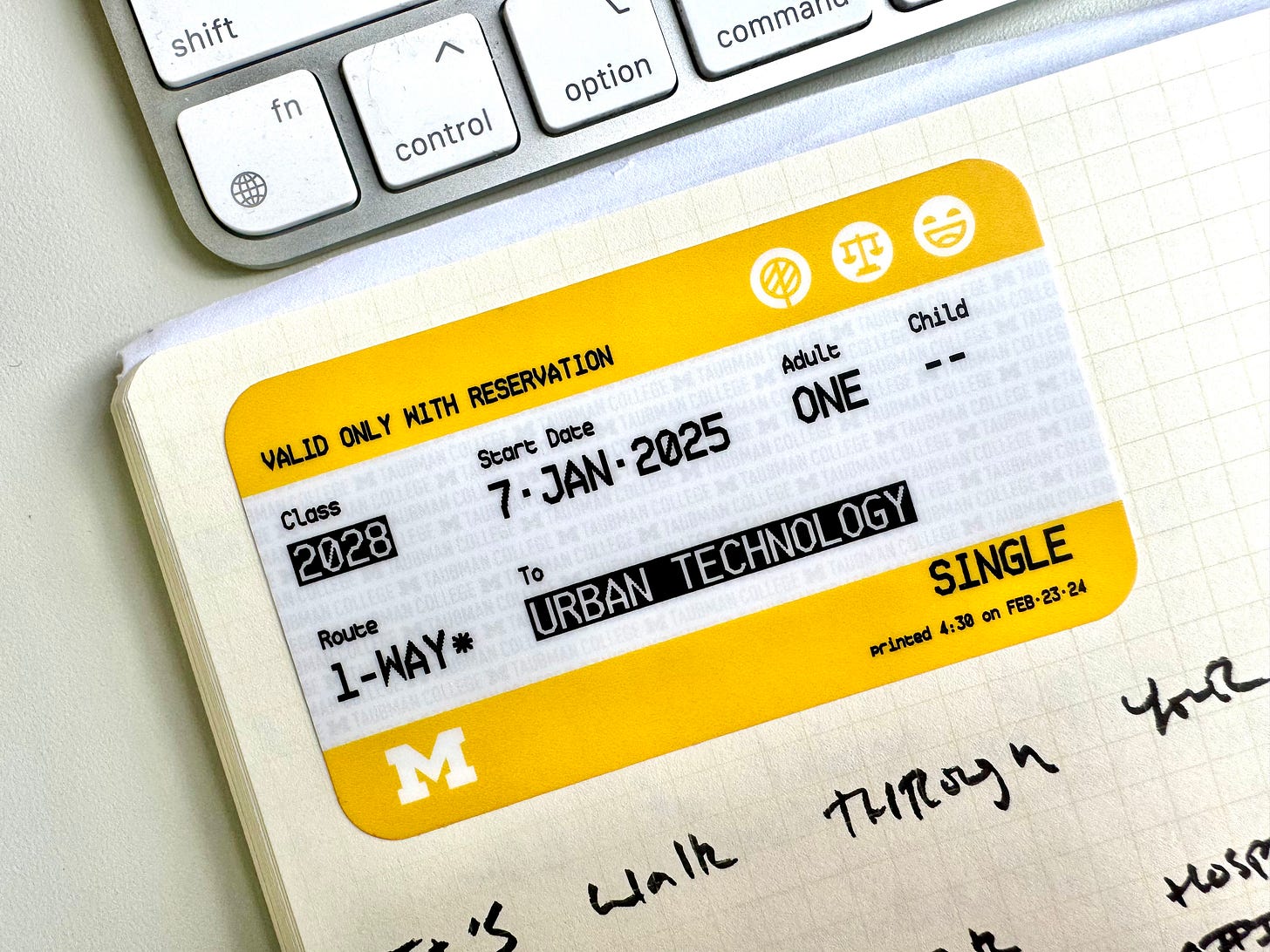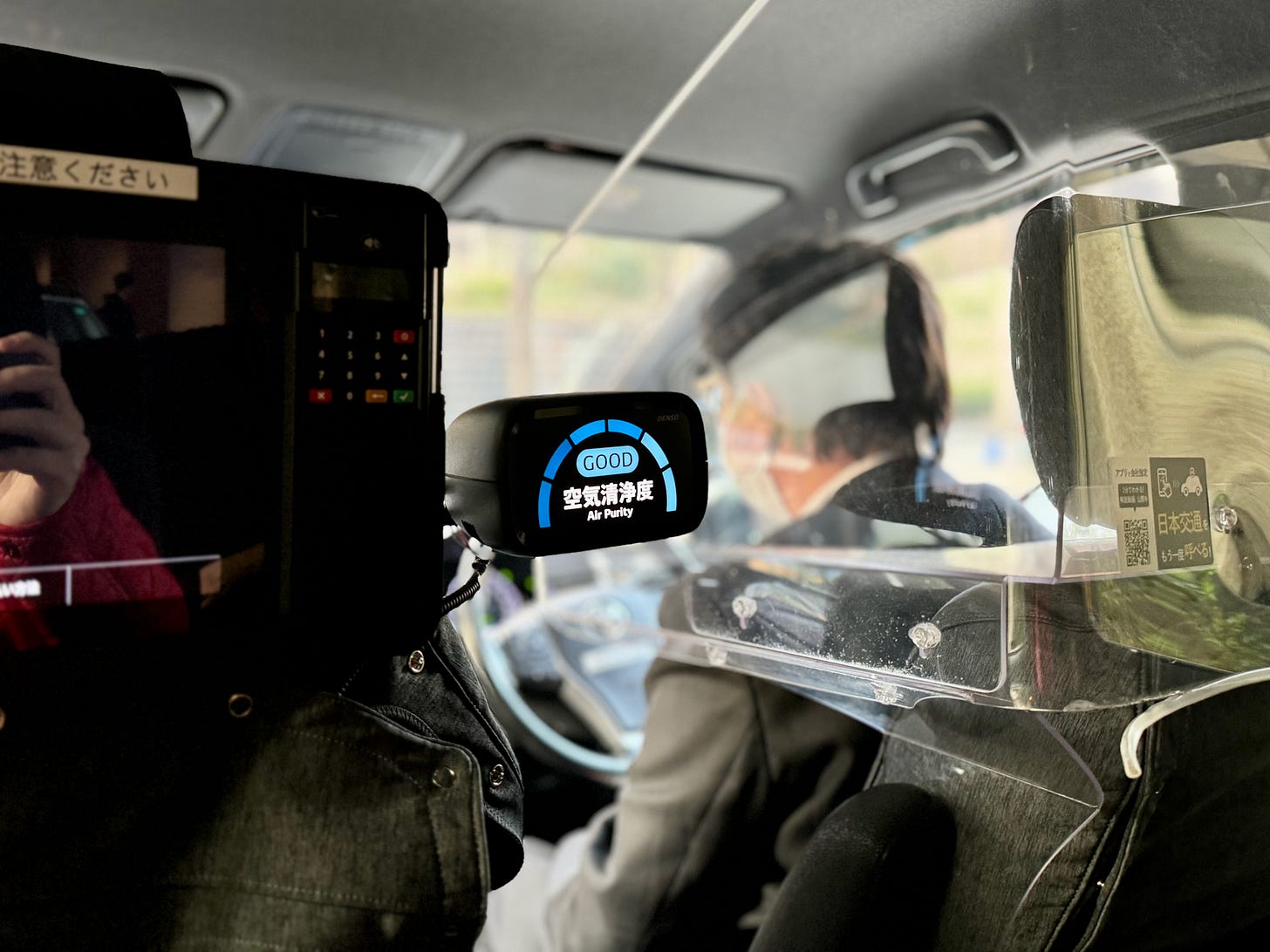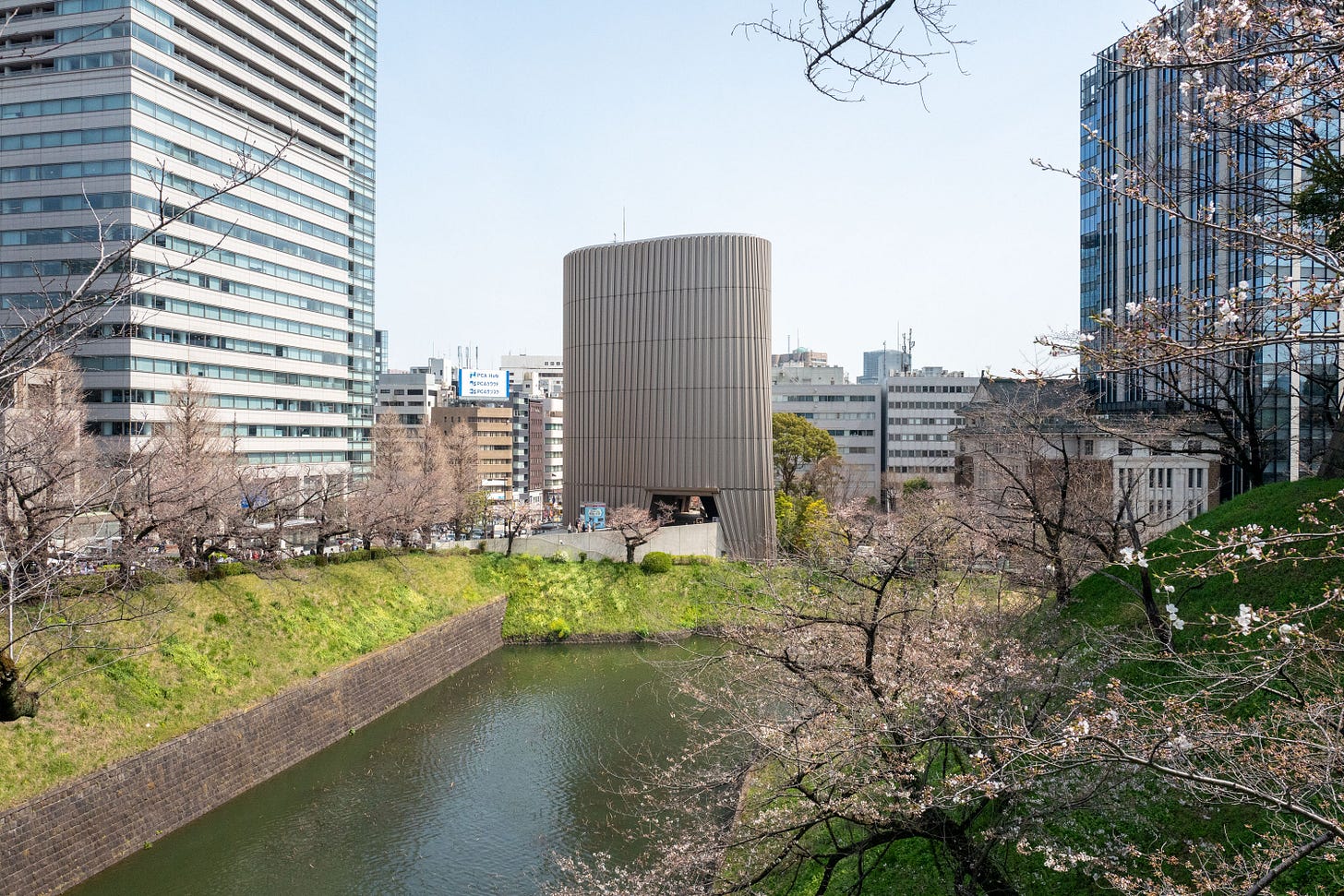Urban Technology at University of Michigan week 192
Describing the Landscape of Urban Technology Careers
April means admissions season and internship hunting for our students, so we’ve been discussing with our students the universe of jobs on the other side of a degree in urban technology. Three years ago we sketched out potential urban technology jobs of the next decade, but that’s not what I’m talking about here. I mean right now jobs. This summer jobs. This week I’m sharing a peek at how we’ve described the basket of job opportunities relevant to urban technology students with the conclusion that the spectrum of UT jobs is larger than just startups and tech companies.
💬 Hello! This is the newsletter of the Urban Technology program at University of Michigan, in which we explore the ways that data, connectivity, computation, and automation can be harnessed to nurture and improve urban life. If you’re new here, try this short video of current students describing urban technology in their own words or this 90 second explainer video.
🧺 Urban Technology Jobs
Students admitted to the degree program this year received a sticker (seen below) inspired by the London tube ticket and bearing three icons on the top right. They’re not labeled or explained, but these symbolize sustainability, equity, and joy—three qualities of the cities in which I want our urban technology students to share responsibility.
In the words of Cedric Price, “technology is the answer, but what was the question?” For us, the question is, how can cities be more sustainable, equitable, or joyous? In short, I don’t think they can be if the people designing, building, and operating urban spaces, places, and services are doing so without the benefit of feedback loops that connect their design intentions, to lived experience, to future designs. Cheap and ubiquitous sensing and analytics make data about urban spaces more available, more frequent (even realtime), and more detailed: this means more (and more useful) feedback loops. Here’s what that looks like in a slide from our admissions deck:
So that’s why the degree exists but, as a student asked at a recent info session, “what jobs can I get after a degree in urban technology?” The center of the diagram above is a good place to start when looking for urban technology jobs. Often the field is described as something like startups doing city things, but what the diagram reminds us that tech is only half the story.
The full spectrum of UT jobs is bookended on one side by those jobs/organizations whose primary focus is offering services that analyze or shape the built environment and bookended on the other by those businesses whose primary focus is developing tech, with the city as a meaningful challenge to be served by that tech. The basic distinction of business model—in terms of whether the business is offering a service (e.g. consulting) or a product—helps us identify the kind of work that urban technology students might do within different types of organizations. Here’s a binary diagram, but of course the most interesting stuff is in the gooey space between the two circles:

Starting with the circle on the left, AECO—Architecture, Engineering, Construction, and real estate/Operations firms—are the types of organizations that have traditionally shaped the built environment. They’re almost exclusively run as consulting firms, and within those firms urban technology means variously: adapting user experience methods from digital projects to physical ones through design research, wayfinding, and branding; using service design skills to lead community engagement and co-creation processes; processing data and making visualizations; accelerating internal workflows by automating processes or developing bespoke software; and assisting physical planning initiatives by contributing digital master plans to address issues such as connectivity and privacy. Across all of these roles, technology enhances the traditional work of designing and building cities.
On the right side of the diagram above is the world of startups and tech companies who are “disrupting” the urban sectors (e.g. mobility, housing, food, infrastructure and Stonly Baptiste’s seminal description of the urbantech investment landscape from 2019 provides a more exhaustive list). Tech-enabled offerings can serve urban residents in new ways—think AirBnb challenging hotels, Uber/Lyft challenging Taxis, and Juno challenging traditional construction. These are companies expanding the set of actors that impact urban outcomes. In all cases a software product or platform creates new relationships between providers/consumers, and with that comes new (or newly normalized) user experiences such as renting a stranger’s house for a night, and often entirely new markets, such as the support firms that grew up around AirBnb to do cleaning, specialized insurance, or what have you.
Side note: consider how many people you know that poses custom dinner plates. Probably none, right? The vast majority of people have plates that are bought from a store and produced in a factory. That’s because the function of bespoke, local manufacturing of handmade dinner plates was been replaced by designed and mass produced goods in the 1700s. Digitization within AECO firms will, over time, automate the design-engineer-build supply chain of the built environment and I expect that product-oriented delivery models will eat large portions of the market for service-oriented delivery models. The question is who will get there first. Will it be AECO firms applying their domain expertise to create their own products, tech startups productizing the expertise and applying their know-how to build compelling offerings, or chimeras in the space between? All of the above can be found in the market today.In addition to the private sector, government roles also reflect this basket of possibilities. For instance, a student working in the planning department of a city would bring new technical skills to that team, whereas a student working in the Chief Technology Officer’s office would bring a deeper understanding of urban systems than the average undergraduate student. Policy relating to the intersection of built environment and digital technology is an area of opportunity for our students as well (think privacy in the public realm, digital access, and digital services). Likewise, the broad pool of third sector organizations such as think tanks, foundations, and advocacy or activism organizations fighting for better urban outcomes is another pool of organizations where our students may work.

Back to the question: What kinds of jobs do urban technology graduates pursue? We will graduate our first class of students in April 2025 so we don’t have an answer to that just yet, but internships are a good indicator. Our Juniors and Sophomores are finding new and emerging roles within established AECO service-oriented firms and established roles (mostly product design) within the emerging universe of urban technology product-oriented companies.
When we developed the UT curriculum I expected that our students would be more strongly associated with the “startup & tech co’s” side of the diagram above, but what we’re seeing currently is that AECO firms are more popular than expected and account for 50% or more of our students’ internship plans for summer 2024 (that I know about). I suspect this is more reflective of the macro context than student desires, but it has upside: an unanticipated benefit of a transdisciplinary course of study is a certain degree of arbitrage that can be played between sectors. When the tech economy is slow, there’s a completely different pool of AECO potential employers available for our students to pursue.
🖼️ Postcard from Tokyo
🏋️ Need an intern for summer 2024? Reply to this email if you’re interested in urban technology students. They have skills in UX design, service design, python, javascript and a zeal for urban challenges.
These weeks: On the road in Singapore and Tokyo. Admissions++. Cities Intensive prep. UTSO medals. T-shirts. Starting to line up tasks and projects for summer break. 🏃







Good luck to the students with their internship search! And have fun in Tokyo and Singapore. Nice time to go….